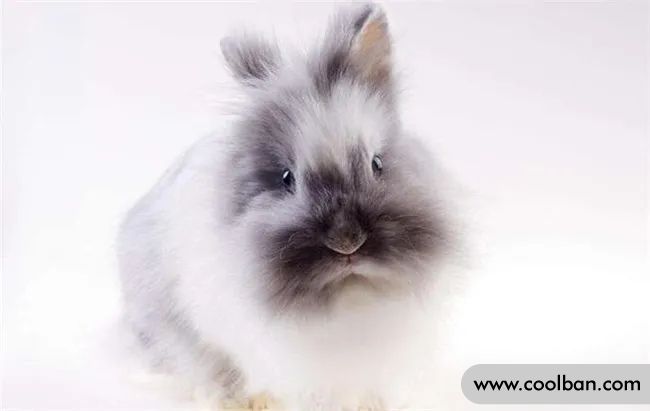The living environment and reproduction of Angora rabbits
The hair of Angora rabbits can grow very long, so when raising as pet rabbits, you need to provide a relatively large cage to prevent the hair from getting dirty and knotted. Angora rabbits spray urine during breeding. Sterilization may be performed if conditions permit.

Living environment and reproduction of Angora rabbits
1. The living environment of Angora rabbits
Each rabbit needs about 2 square meters of space to live, and this space can also allow the rabbit to fully exercise in it. You can use squirrel cages, large bird cages, and cat cages on the market. A toilet specially prepared for rabbits can also be placed in the cage. Some rabbits are born with good hygiene habits and will excrete in designated corners (special toilets can be placed), while some rabbits need acquired training to develop good hygiene habits. The breeding season can cause rabbits to urinate freely and squirt for territory, which can be ameliorated by spaying at an appropriate age.
2. Breeding of Angora Rabbits
Rabbits are sexually mature about 8 months after birth. When the female rabbit appears restless, it is a sign of heat. After mating, the male rabbit will make a high-pitched cry and enter a coma. After the female rabbit is pregnant, it should be separated from the male rabbit. Spread straw or other hay in the cage, surround the cage with a cloth, try not to touch it, and keep the female rabbit quiet and stable when breeding.
Female rabbits use belly hair to build their nests. From conception to delivery, the female rabbit can become very nervous. Excessive contact with the female rabbit may bite the owner or kill her own young rabbits. A litter can breed 5 to 6 rabbits. When food or water is insufficient, the mother rabbit may eat the young, so provide slightly more food and water than usual. After about 30 days, the pups can leave the mother at this point. Rabbits should develop good scientific feeding and excretion habits from an early age. For the first 6 months, the young rabbits are fed regularly and quantitatively every day, and the dry alfalfa is supplied unlimited throughout the day to enhance their physique and not easily get sick when they grow up.

Selection of Angora rabbit food
The food of the angora rabbit is very simple, it is an animal that only needs grass, but for the needs of the teeth and the body, the angora rabbit can provide food 24 hours a day without any adverse effects on him.
1. Feeding Angora Rabbits
Rabbits are almost complete herbivores. Because rabbits have 28 teeth that grow continuously throughout their lives, they need to eat a lot of hay to grind their teeth. Otherwise, the teeth are too long and are prone to various diseases. Rabbits should not eat vegetables and fruits as the main food. Eating for a long time can lead to occlusion problems. Lack of crude fiber in the stomach can lead to gastrointestinal stagnation. It is a misconception that rabbits like carrots, and feeding vegetables to rabbits is also a very backward way of feeding.
The scientific feeding method is: regular and quantitative rabbit food every day, unlimited supply of hay 24 hours a day (timothy grass or Australian oat grass can be used as the main grass, turf grass and other rabbits cannot eat), and uninterrupted supply of water (preferably with a ball pot). , drinking from a bowl is easy to get stomatitis). Additionally, rabbits can be trained to develop good toileting habits.
2. Can Angora rabbits drink water?
There is no creature on earth that does not need water! Others believe that letting rabbits drink water will kill them instantly, and even pet stores will tell owners that it is best not to give water. Rabbits, like other animals, die if they don't drink water. Some people believe that vegetables and weeds that contain a lot of water contain enough water in these foods. This idea is wrong! The molecular form of water in fruits and vegetables is different from drinking water and cannot replace the role of drinking water!
